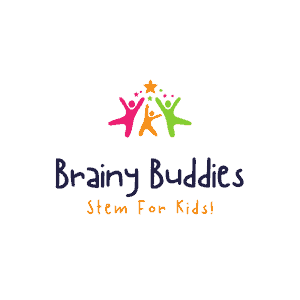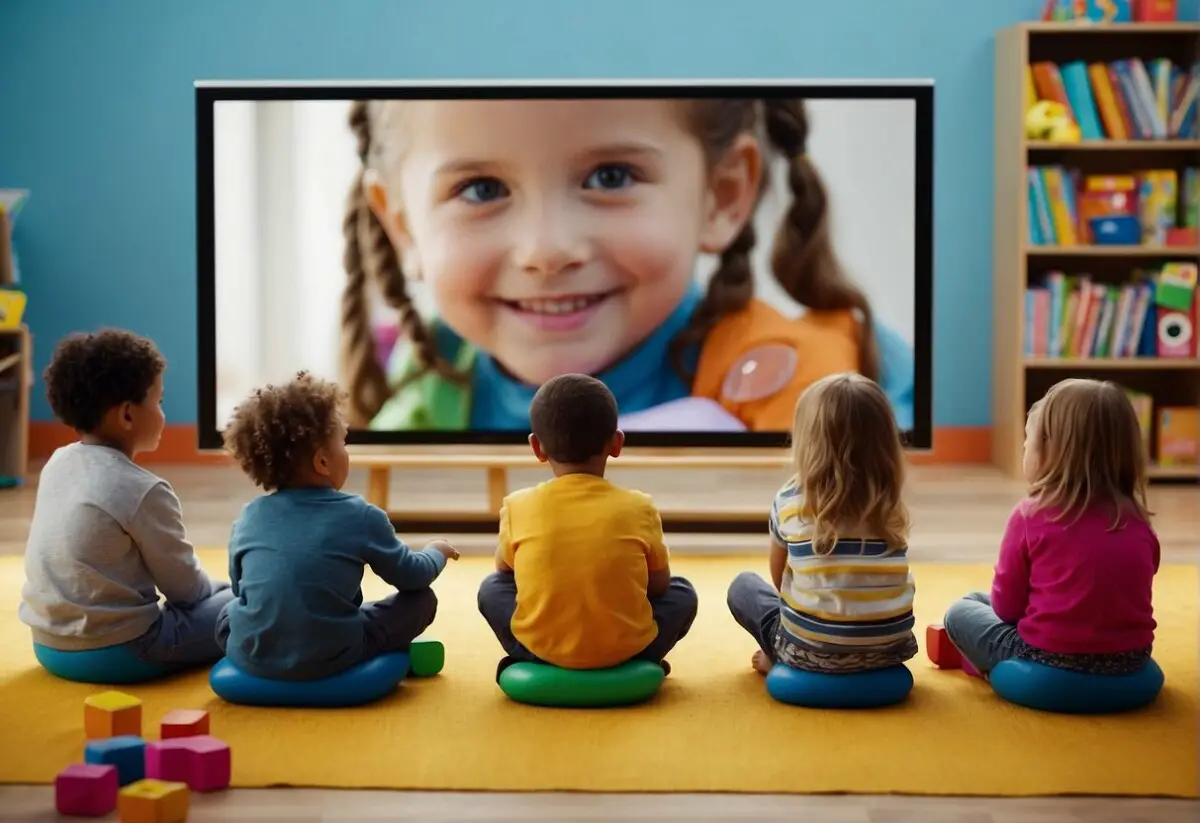Introducing the concept of coding to young learners has become increasingly vital in today’s digital age. As early as kindergarten, you can start fostering the foundational skills necessary for children to understand and enjoy the basics of computer programming.
In a world where technology is ever-present, giving kids a head start with coding education not only prepares them for future academic and professional endeavors but also enhances problem-solving and logical thinking skills.
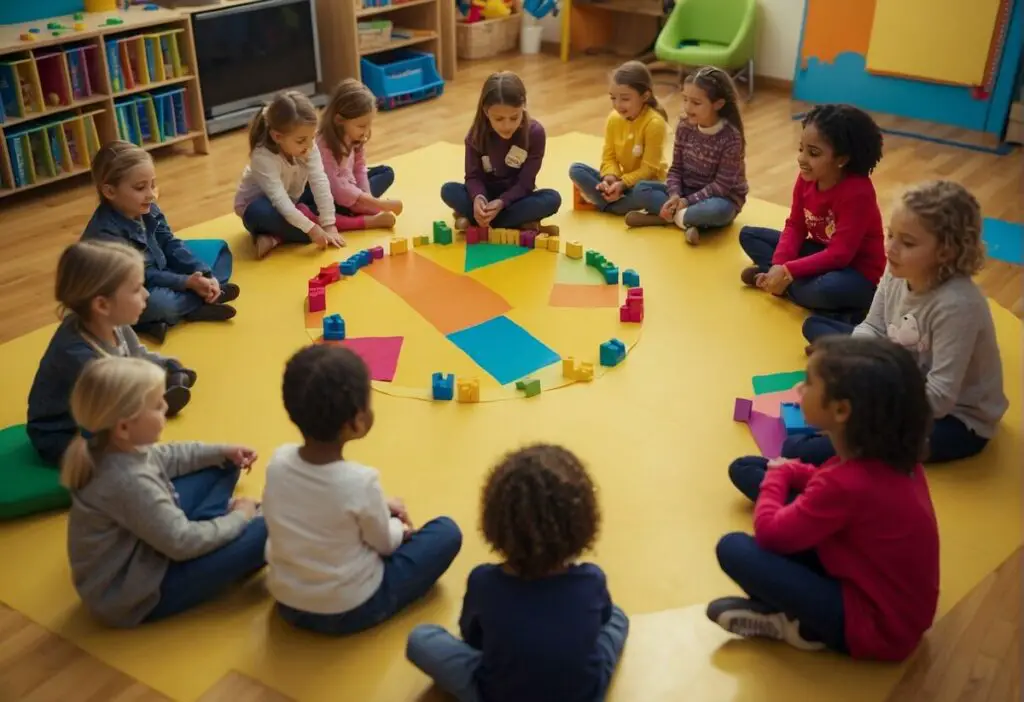
Age-appropriate tools and resources are key to an effective learning experience for kindergartners. By incorporating visual, blocks-based programming languages and unplugged activities, you provide an interactive environment that makes learning to code accessible and fun.
These methods emphasize the significance of sequential thinking and the basics of algorithms, which even at this developmental stage, children use daily without realizing it.
Understanding that kindergartners are uniquely positioned to absorb new languages, coding, in its most basic form, should be approached similarly to learning a spoken language. With the right approach, coding can seamlessly integrate into their learning journey.
It’s a language that connects them to the world of technology, empowering them to control and interact with the digital devices they are already so familiar with.
Foundations of Teaching Coding
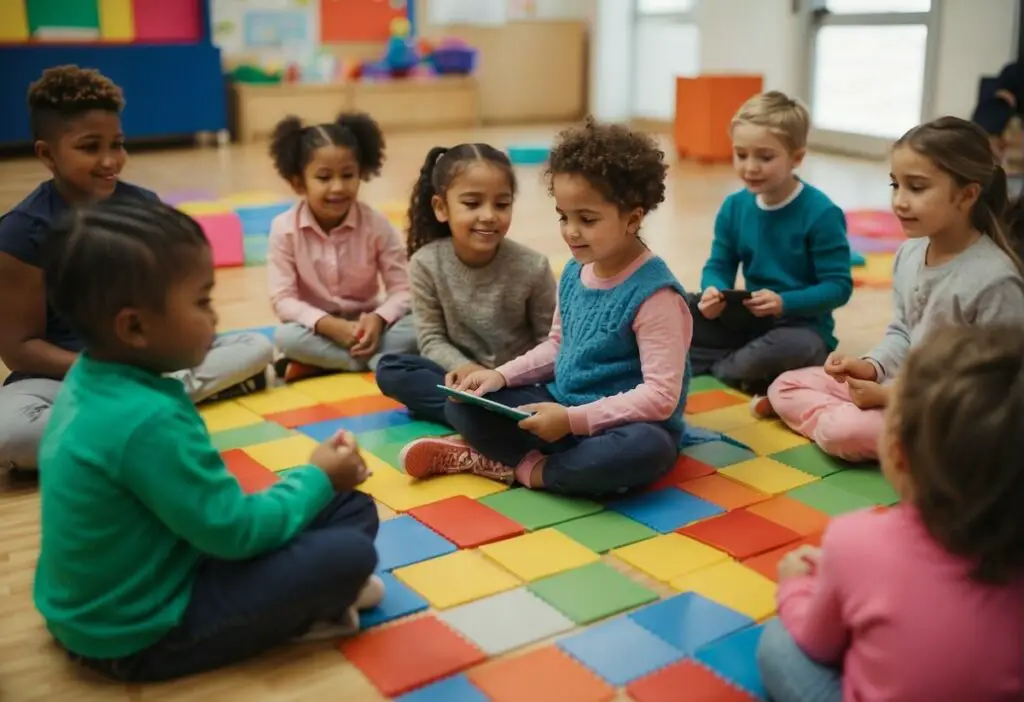
Teaching coding to kindergarten students requires a blend of understanding their cognitive abilities and providing suitable tools and environments to facilitate learning. Let’s explore how you can build a robust foundation for coding instruction in early education settings.
Understanding Developmental Stages
At this age, your students are developing critical thinking and problem-solving skills. Remember that kindergartners typically learn best through play and hands-on activities.
Their cognitive abilities allow them to grasp basic coding concepts when presented in a manner aligned with their developmental stage.
This is the phase where foundational skills like sequencing and recognizing patterns can be introduced.
Selecting Age-Appropriate Coding Tools
Your selection of coding tools plays a pivotal role in how well your students comprehend coding principles. Aim for visual blocks-based programming languages specifically designed for young learners.
These tools should simplify the coding process and provide immediate visual feedback, which is vital for keeping your students engaged and helping them understand the cause and effect relationships in programming. Tools like these effectively introduce them to coding concepts without overwhelming them.
Creating an Engaging Learning Environment
Your students’ learning environment should foster curiosity and exploration. Consider integrating unplugged activities that teach coding concepts away from the computer. For instance, you could organize activities that mimic programming logic, like giving and following directions.
This hands-on approach helps solidify abstract concepts through tangible experiences. Additionally, crafting an environment where experimentation is encouraged aids in developing a growth mindset much needed for learning to code.
Implementing the Curriculum
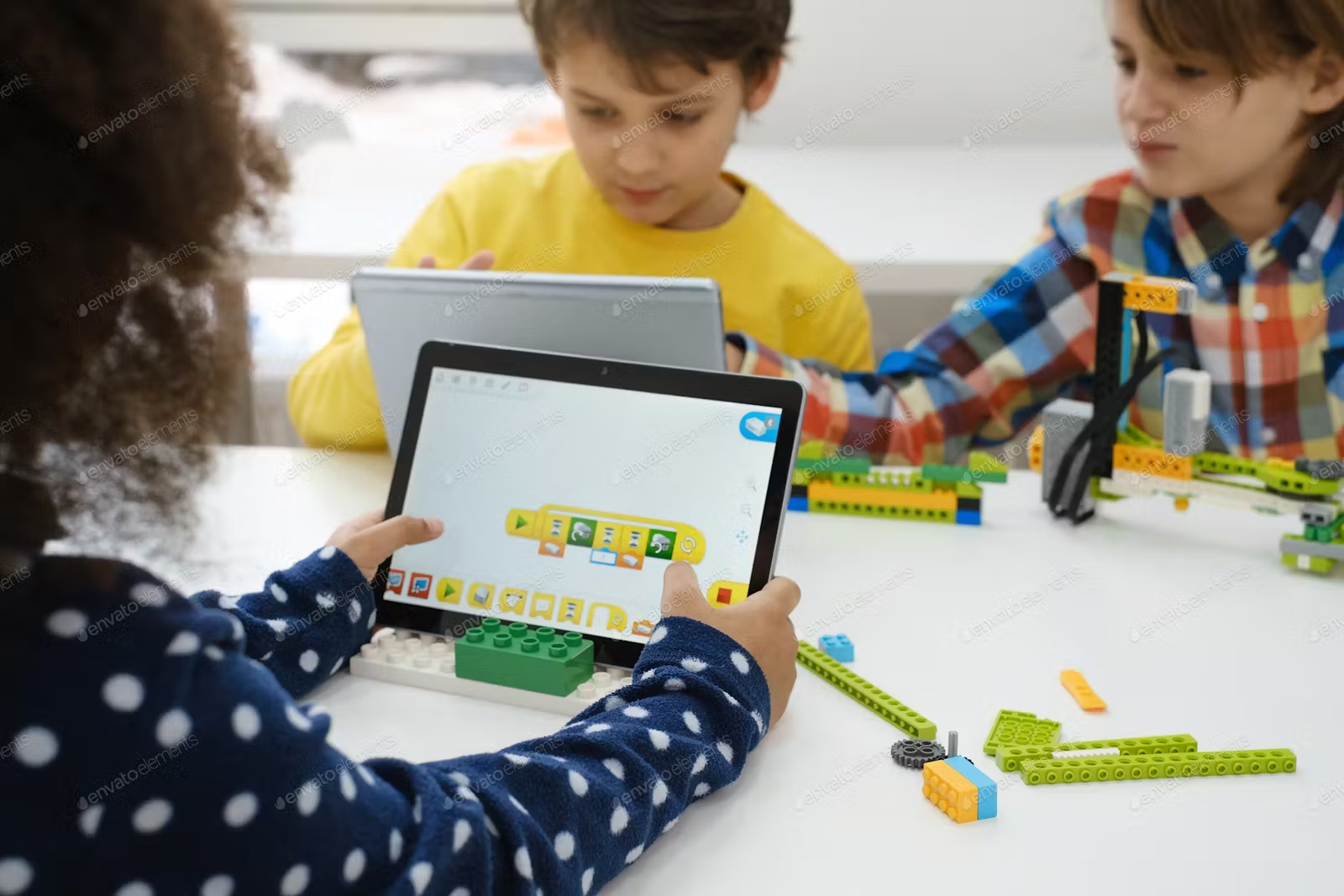
When introducing coding to kindergartners, your curriculum should focus on building a foundation through interactive lessons, hands-on activities, and regular assessment and feedback.
Designing Interactive Lessons
To captivate young minds, your coding lessons should be built around storytelling and play. Tools like Blockly Games are arranged as games that introduce core coding concepts in an enjoyable way. Ensure each lesson allows children to see immediate outcomes from their actions, reinforcing the learning process.
Incorporating Hands-On Activities
Kindergarten students learn best with tangible, hands-on experiences. Platforms like Scratch Jr enable kids to drag and drop code blocks to create simple programs. Encourage the use of physical objects like robotic toys, which can be programmed and manipulated, making coding concepts more concrete.
Assessment and Feedback
Continuous assessment is critical to student growth. Use simple projects as benchmarks for gauging their understanding of basic principles. This approach not only assesses their skill level but also provides crucial feedback for educators to tailor future lessons. Remember, praise specific achievements to boost confidence and foster a love for learning.
